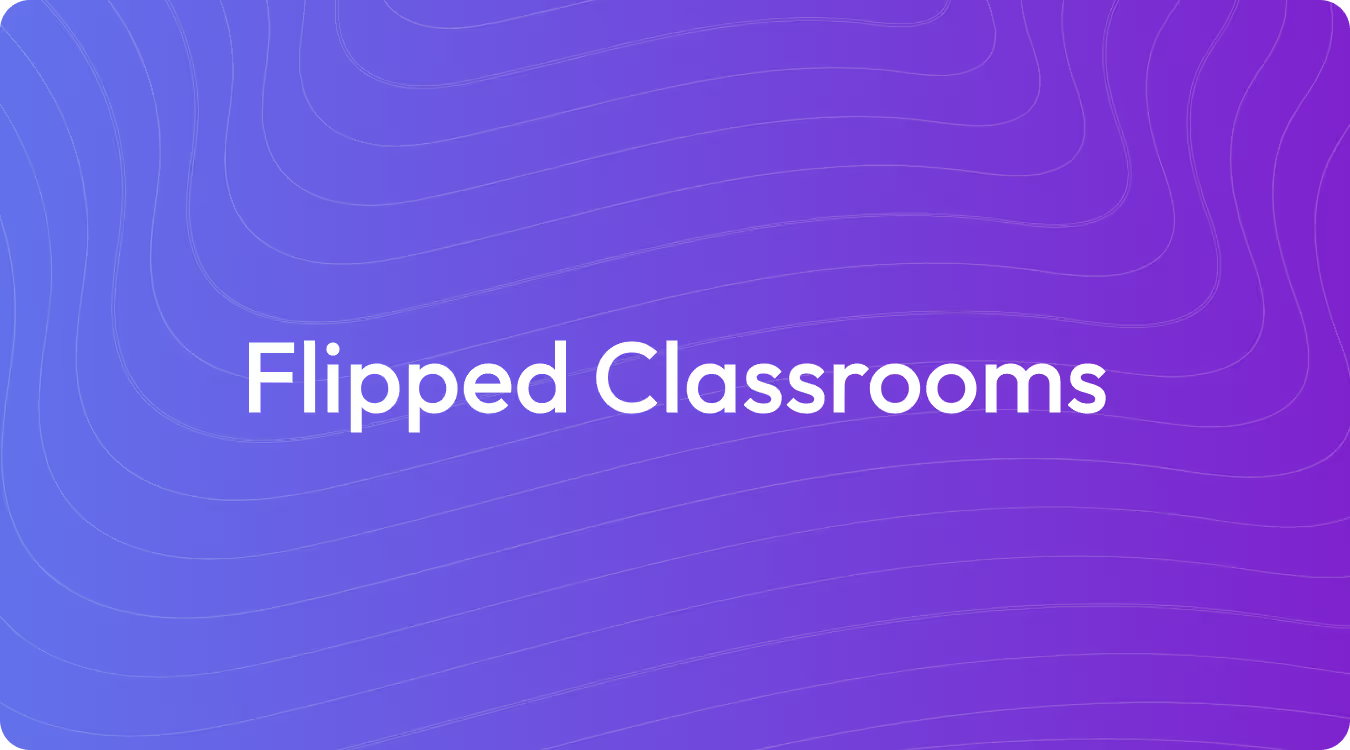What Is Growth Mindset in Education?

What Is Growth Mindset in Education?
A growth mindset is the simple but powerful idea that your students' intelligence and abilities are not fixed. It’s the belief that they can develop their skills through dedication, hard work, and finding the right strategies. This perspective helps students see challenges as opportunities to learn and improve, rather than as signs of failure.
.png)
Growth Mindset Strategies and Activities
Implementing growth mindset strategies involves focusing on a student's belief in their own learning potential and the importance of effort. A practical tool like a “My Mistake = My Learning” reflection sheet can help your students process errors as part of their learning journey.
These approaches shift the classroom focus from outcomes to the learning process itself. They involve normalizing struggle, praising effort and strategy use, and reframing mistakes as learning opportunities.
Here are some strategies and activities you can use to foster a growth mindset:
- Process-Focused Praise: Acknowledge student effort, persistence, and the strategies they use, rather than praising innate intelligence.
- Normalize Mistakes: Share personal examples or stories of others overcoming failure to show that struggle is a normal part of learning.
- Spotlight Errors: Anonymously present and deconstruct incorrect answers with the class to build understanding and show that mistakes are common.
- Reframe Language: Help students rephrase fixed-mindset statements, such as adding the word "yet" to "I can't do this."
- Model Mistake-Making: Demonstrate how you handle your own mistakes and the steps you take to correct them, showing that errors are learning opportunities.
- Teach Brain Science: Explain the concept of neuroplasticity to show students that their brains can grow and change with effort.
- Use Challenging Tasks: Assign complex problems or assignments that stretch students' abilities and provide opportunities for growth.
- Incorporate Revisions: Design assignments that include cycles of feedback and revision, allowing students to show progress over time.
- Cooperative Exercises: Structure group activities where students work together to solve problems, emphasizing process and collaboration.
- Set Incremental Goals: Work with students to set small, achievable goals to demonstrate that progress is attainable through effort.
Growth Mindset Benefits
A growth mindset suggests that students can become more resilient and persistent when facing challenges by believing their abilities can be developed. However, the concept also has limitations, as it can oversimplify learning and may not fully account for external factors that influence student success.
This framework is associated with students who challenge themselves and see effort as a path to improvement. Conversely, critics note that an overemphasis on individual effort can overlook the roles of instruction and systemic barriers, and some research shows its effects can be inconsistent across different contexts.
Here are some of the reported effects of a growth mindset in educational settings:
- Increased Resilience: Students may view failure as a learning opportunity, making them more resilient in their academic pursuits.
- Oversimplification: The theory may present an overly simple view of the complex nature of learning and intelligence.
- Improved Academic Performance: Some studies indicate that students with a growth mindset perform better academically, especially those facing challenges.
- Overemphasis on Effort: The approach can place too much focus on individual effort while not accounting for external influences like socioeconomic status or quality of education.
- Learning from Criticism: Constructive criticism is viewed as valuable feedback for improvement rather than a personal judgment.
- Inconsistent Effects: The impact of growth mindset interventions is not uniform and can vary significantly based on school culture, peer norms, and other contextual factors.
- Challenge Seeking: Students may be more likely to take on and persist in more difficult courses or tasks.
- Insufficient Research: A large body of well-designed studies is needed to fully understand the impact and effectiveness of growth mindset interventions.
- Better Relationships: The mindset can foster a more collaborative environment where teachers are seen as encouragers and peers as partners in learning.
- Systemic Barriers: A growth mindset by itself may not be sufficient for a student to overcome systemic barriers to achievement.
Growth Mindset Examples
Growth mindset examples in education are practical applications of the belief that intelligence can be developed. These strategies focus on the idea that ability can be nurtured through effort, persistence, and being open to new learning methods.
While a growth mindset is associated with students becoming more resilient and better problem solvers, some observers note that the concept can be oversimplified. Critics also express concern that focusing too much on a student's individual effort may overlook the important roles of instruction and the wider school environment.
Here are a few examples of how a growth mindset can be applied in the classroom:
- Reframing Language: Adding the word “yet” when a student says they can’t do something, which shifts the statement from permanent to temporary.
- Modeling by Instructors: Sharing personal stories of struggling with a topic and the steps taken to understand it, showing that expertise comes from practice.
- Specific Praise: Focusing feedback on the effort, strategies, or processes a student used, rather than on innate talent.
- Growth-Oriented Assessment: Designing assignments that allow for revisions and feedback, such as multiple drafts of a paper, to show improvement over time.
- Cooperative Exercises: Structuring group activities where students must work together, reinforcing the value of asking for help and learning from peers.
Growth Mindset Best Practices
Best practices for a growth mindset center on fostering a student's belief in their own learning potential and the value of effort. Tools like a “My Mistake = My Learning” reflection sheet can help structure this process by reframing errors as learning opportunities.
Implementing these practices involves being transparent with students about how learning works and modeling the right behaviors in your own teaching. It also means adjusting your language and assessment methods to reinforce the idea that skills are developed, not innate.
Here are some best practices for fostering a growth mindset:
- Be Transparent: Explain the concept of a growth mindset and its research basis to your students, making its relevance clear.
- Model Effort: Share your own experiences with learning challenges and demonstrate how you find answers when you don't know something.
- Use Specific Language: Reframe student statements by adding words like “yet” to show that ability can be developed over time.
- Adjust Assessments: Design assignments that allow for revision and feedback, focusing on improvement rather than just the initial grade.
- Normalize Struggle: Emphasize that challenges and mistakes are a normal and expected part of the learning process for everyone.
Teach with TeachShare
Adopting a growth mindset helps students see that their intelligence can grow with effort, making them more resilient and open to learning from challenges. Our TeachShare Boosts embed this approach directly into your materials, allowing you to add research-backed strategies like scaffolding with a single click to support deeper thinking and differentiation. This feature helps you put proven pedagogy into practice effortlessly. Start creating resources with TeachShare now.
Frequently Asked Questions
Answer


-min.png)
-min.png)


-min.png)
-min.png)